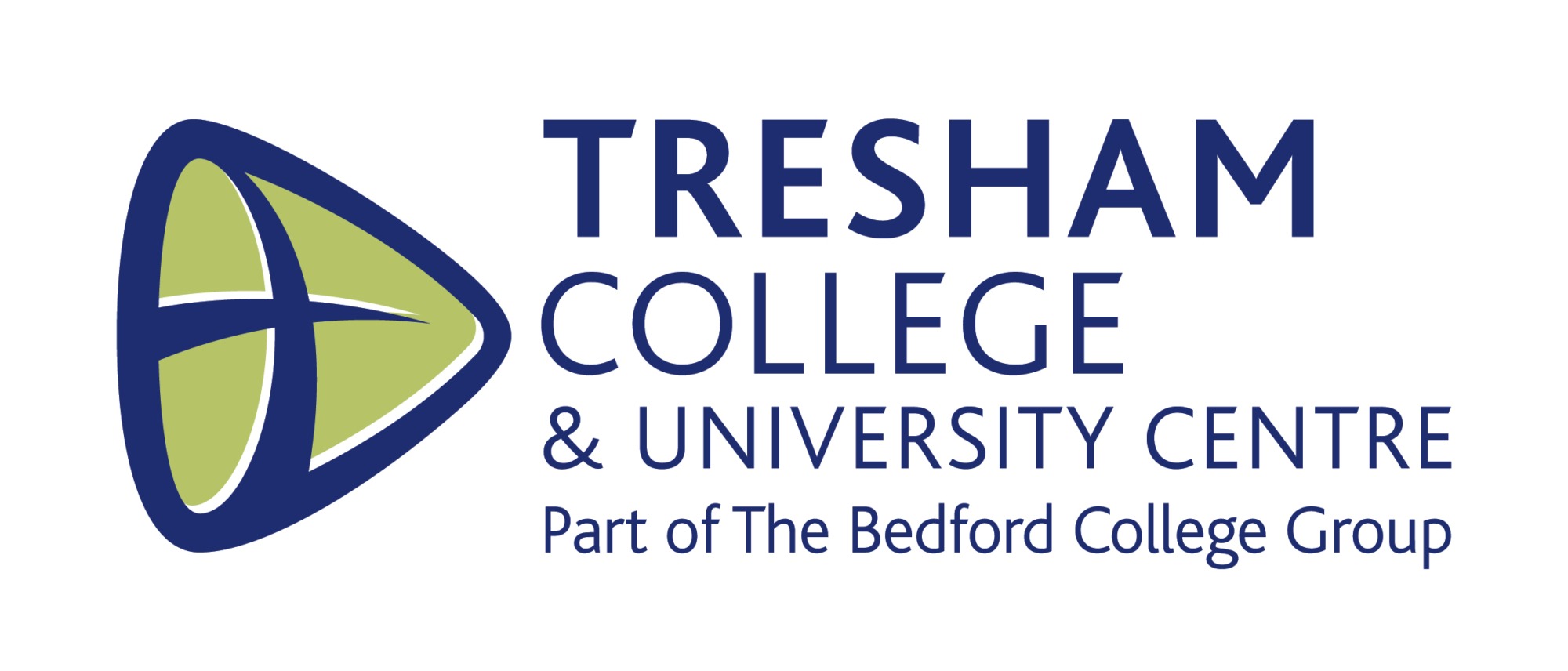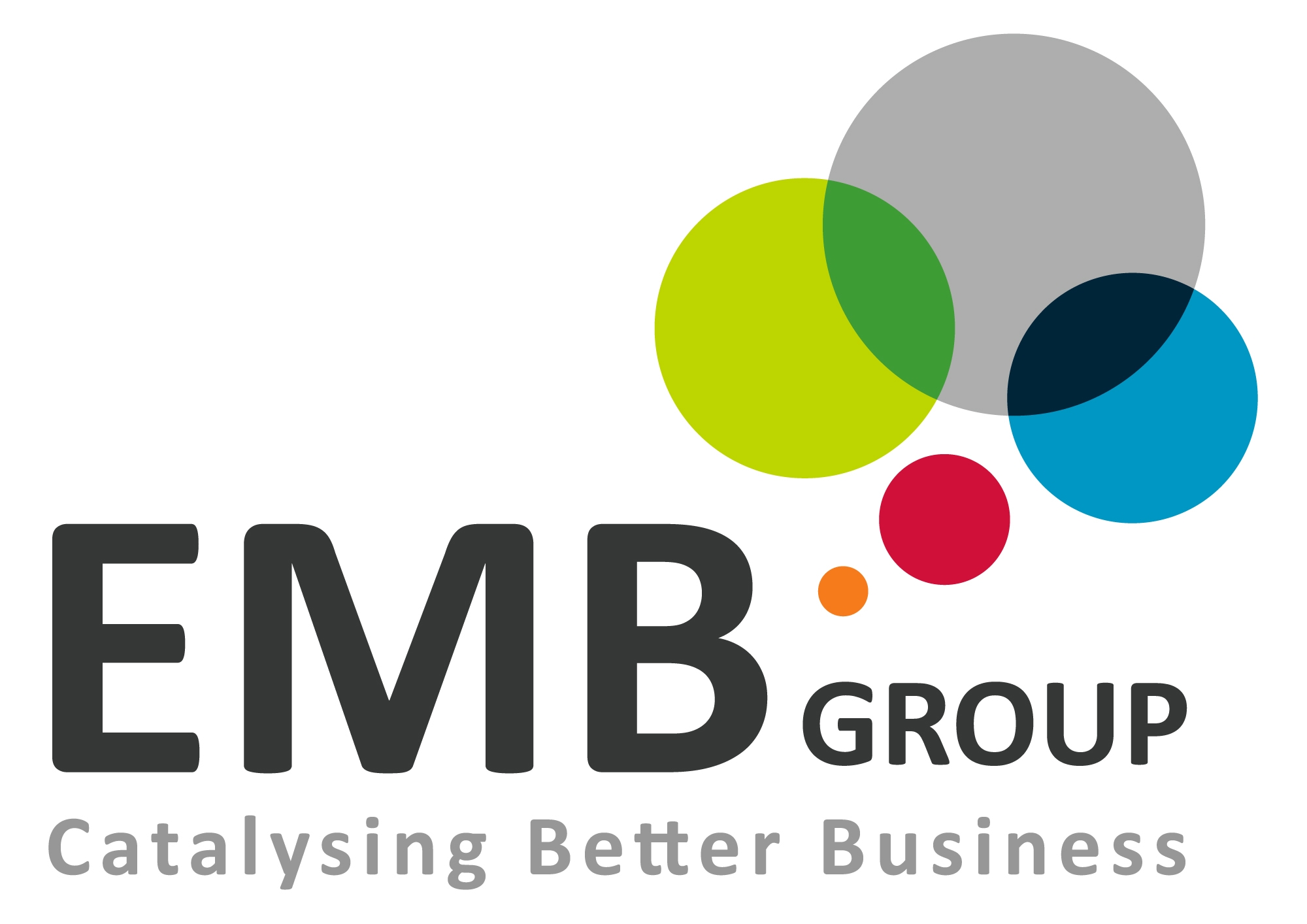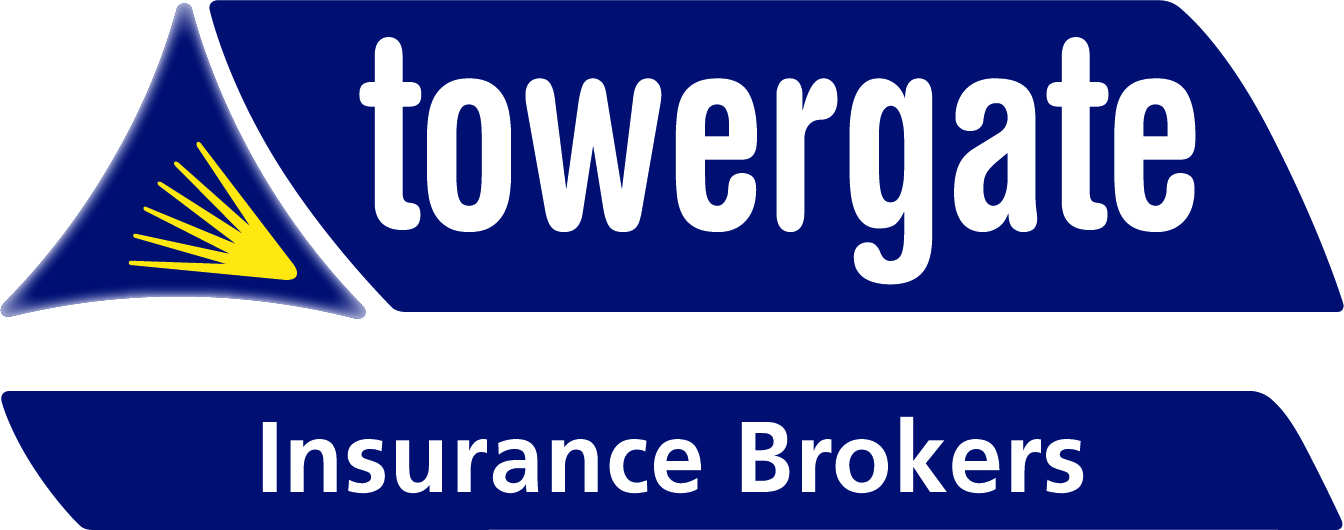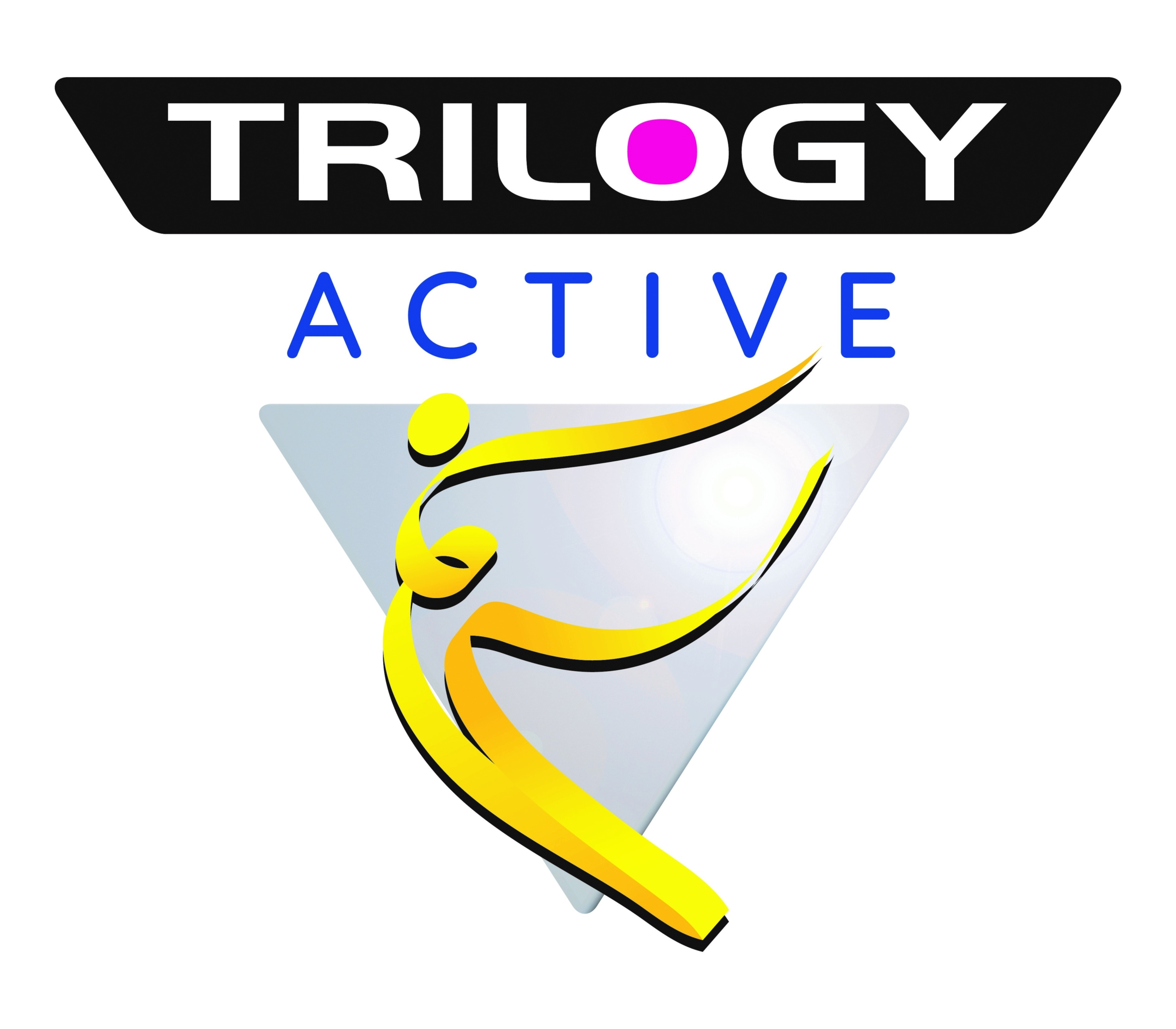


HOW TO USE BUSINESS RELIEF TO GET IMMEDIATE INHERITANCE TAX RELIEF
Blogs
There are a number of so-called Inheritance Tax Schemes or ITS which use business relief to obtain 100% Inheritance Tax relief after two years of ownership. The way these schemes work is that they create a private trading company through which they conduct a trade. After two years of bona fide trading, the company’s shares qualify for 100% business relief for the owner/s of the shares when they die.
Such trading companies typically act as lenders on commercial property developments, invest in various ethical and environmental ventures such as anaerobic digestion, wind turbines, solar panels and batteries etc. They will usually only lend a maximum of 60% of the commercial property development and they receive government grants and funding for their various green projects. So their returns are moderate but steady.
The returns to investors are relatively modest and typically come out at around 3% a year. So the rate of return is no better than that of a deposit account but with the added advantage of a 40% Inheritance Tax saving after just two years of investing at the time of death.
There is the added advantage that such investments offer sectors to invest in which differ from the four main asset classes of cash, bonds, property and equities. So they offer greater investment diversification which reduces overall risk.
Now whilst this sort of investment is considered by the regulator, the FCA, to be a high-risk investment because it is a private, smaller company investment and the investment is not protected by the Financial Services Compensation Scheme, the FSCS, I do not personally consider it to be high risk at all. In fact if anything it is relatively low risk as an investment though technically high risk for regulatory purposes. There is of course no such thing as a risk-free investment.
Obviously, it is important to do your homework when researching which scheme to invest in. Ideally, you should take professional advice before making your choice.
Some ITS schemes offer life insurance too just in case the investor dies within the first two years of ownership. There is usually an age limit of around 80 for most schemes. The beauty of such insurance policies is that there is usually little or no medical underwriting and few, if any, declarations to be made by the policyholder. That means that most applicants will be granted life insurance. The policy only lasts two years because the insurance is provided simply to cover the Inheritance Tax payable if the deceased does not survive two years after investment so does not qualify for business relief. What this means is that you have effectively got 40% IHT relief from day one.
So does this work in practice? Well yes, it does because we have the experience of a client of ours who took out such an investment based on our advice, died after 12 months and his executors, his beneficiaries, were able to claim on the insurance successfully. The client had been admitted to a residential care home just six months previously and unfortunately, he fell down the stairs, fractured his skull then died 2-3 days later. A regrettable unforeseen, accidental death.
The investment amount was £200,000 which would have saved him £80,000 Inheritance Tax (£200,000 x 40%) after two years. The IHT still became payable but it was covered by the £80,000 life insurance claim so it was effectively IHT free from day one.
The beauty of ITS schemes is their simplicity, transparency and relatively low cost compared to many IHT mitigation schemes which are complex, expensive, opaque and time consuming to use. ITS schemes do not require expensive trusts, hordes of incomprehensible legal documents, confusing legalese, trustees, settlors and beneficiaries and a host of ongoing legal and regulatory costs.
Any disadvantages? Well, the cost of the insurance in the first year is likely to be 3%-4% of the cost of the investment which means that the first year’s income will be wiped out. Because of the lack of FSCS protection, if the ITS provider were to go bust there would be no investor protection. Trading results could be poor meaning the income could reduce as could the capital value.
The key is not to invest too much money into this type of Inheritance Tax solution. Make it part of an overall IHT mitigation strategy. Get professional advice from a tax specialist Chartered and/or Certified Financial Planner who can put together a holistic Inheritance Tax Saving Plan for you. An ITS scheme may well form part of the answer. You know it makes sense.*
*RISK WARNING
The value of investments can fall as well as rise. You may not get back what you invest. The information contained within this article is for guidance only and does not constitute advice which should be sought before taking any action or inaction. All information is based on our current understanding of taxation, legislation, regulations and case law in the current tax year. Any levels and bases of relief from taxation are subject to change. Tax treatment is based on individual circumstances and may be subject to change in the future. The Financial Conduct Authority does not regulate tax planning, estate planning, or trusts. This blog is based on my own observations and opinions.
Tony Byrne
Chartered and Certified Financial Planner
Managing Director of Wealth and Tax Management
If you are looking for expert guidance in Financial Planning contact Wealth and Tax Management on 01908 523740 or email wealth@wealthandtax.co.uk


















